“Hey! you look so pale, is everything alright?” This is probably the first thing many of us may say to a friend or loved one who suffers from an iron deficiency. The mineral, iron, is a micronutrient, which is required to make a protein called hemoglobin in the red blood cells, which carry oxygen from lungs to all parts of the body. Iron is essential for growth and development of the body and its deficiency has a significant impact on health. But before we dwell on the signs and symptoms of iron deficiency, it is important to understand the factors that lead to its deficit.
Most of the iron is stored in red blood cells and exists either in the form of ferritin in the liver, spleen, and bone marrow or in the form of myoglobin in muscle tissues. It is important to replenish the iron levels in the body either through our diet or supplements as our body cannot synthesize this important micronutrient.
Nutritional iron deficiency is the most common cause of anemia. Inadequate intake of iron rich foods, malabsorption in gastrointestinal tract due to diseases like gastritis, chronic pancreatitis, increased requirement by the body (growth menstruation, pregnancy) or blood loss due to accident or surgery can cause shortage of iron in the body.
We exhibit physiological signs and symptoms of iron deficiency. Watch out for these 7 common indications of iron deficiency in your body and take timely action to prevent it from becoming a serious threat to your overall wellbeing.
Common signs and symptoms of Iron Deficiency
Some of the common signs and symptoms of iron deficiency are:
Pallor of the skin and brittle nails
The effect of a lack of hemoglobin or oxygen in the red blood cells is clearly seen on the skin tone and in the health of nails and hair. In a healthy person with normal levels of hemoglobin, the red blood cells appear under the surface of the skin giving it a pinkish healthy pallor. When one is deficient in iron, the red blood cells become scarce and the low levels of the essential micronutrient affect the flow of oxygen in the body, leaving a pale dull look on the skin. The deficiency affects nails adversely and they begin to chip and crack. If you notice these symptoms, you must consult your physician and begin a remedial course for iron supplementation.
Fatigue and weakness
If you get exhausted soon and feel listless most of the days, it could be because you have iron deficiency. In such cases, it is best you do not ignore these signs and consult a doctor immediately. Low levels of energy and tiredness and weakness in the muscles could all be attributed to signs of iron deficiency. Iron is needed to make hemoglobin, which is essential for transferring oxygen in your blood from the lungs to the various cells, tissues and organs in the body.
When the body has low iron levels, all vital organs and muscles in the body do not get adequate oxygen to perform normal functions. This then leads to a constant feeling of tiredness and fatigue. Consuming iron rich foods like spinach, kale, beans, meat, fish, raisins, cereals can improve dietary intake of iron.
Rapid Heartbeat
To compensate for inadequate oxygen in the red blood cells, the heart pumps more blood to all parts of the body. Thus iron deficiency tends to increase the load on the heart and causes rapid heartbeat, palpitations and irregular pulse rate.
Falling ill frequently
Iron deficiency weakens the immune system of the body, which makes you susceptible to infections and diseases. This nutrient is essential for activation of immune cells and maintains the natural defense mechanism of the body. A low intake of iron leads to lowering of the nutritional immunity the body acquires from food. You must therefore include more foods rich in this nutrient or resort to dietary supplements prescribed by a doctor.
Tingling sensation in the legs
Deficiency in iron can lead to an involuntary urge to shake legs and cause numbness or a shooting pain in the legs. All of these are indications that low blood volume is reaching the tissues present in your legs. This happens when the bone marrow is unable to make enough red blood cells (due to low iron levels in the body), which are responsible for carrying oxygenated blood.
Headaches and dizziness
Low levels of hemoglobin in the blood supplies less oxygen to the brain, which causes the blood vessels/arteries to swell up resulting in pain and dizziness.
Craving non-food items
A peculiar sign of iron deficiency that some people exhibit is craving for non- food items like clay, dirt, chalk, brick. These cravings are called –Pica, which occur when the body is trying to replenish low levels of micronutrients like iron, which are abundantly found on earth.
Low iron levels in the body can only be replenished by the intake of foods that are rich in iron and supplements that can adequately meet daily dietary requirements. Wellbeing Nutrition’s Iron, Folic acid and Greens Melts are non-GMO, vegan , FDA-approved, an all-natural formula with bioactive ingredients which provide the required amount of iron with high levels of folate from organic beetroot that increases hemoglobin in the blood. Foods high in vitamin C are recommended because this micronutrient helps your body absorb iron effectively. Each serving of these Iron Melts are rich in vitamin C from organic spinach and acerola cherry, which enhances iron absorption by over 50% along with high levels of vitamins A, C, K and iron from organic Swiss chard. These GMP-certified thin oral strips melt into nano iron on contact with the tongue and enhance iron absorption to improve hemoglobin levels. The supplement has folic acid which boosts production of RBCs and prevents anemia.
Iron is a life-sustaining mineral that must be maintained in optimal levels in the body. Consuming iron rich foods like spinach, kale, beans, meat, fish, raisins, cereals and high-quality plant based nutritional supplements like Wellbeing Nutrition’s Iron, Folic acid and Greens Melts can improve daily dietary intake of iron to increase hemoglobin production, boost RBC formation, and enhance energy levels.
References
- The Central Role of Iron in Human Nutrition: From Folk to Contemporary Medicine, Matteo Briguglio, Silvana Hrelia, Marco Malaguti, Giovanni Lombardi, Patrizia Riso, Marisa Porrini, Paolo Perazzo, Giuseppe Banfi,Nutrients. 2020 Jun; 12(6): 1761. Published online 2020 Jun 12. doi: 10.3390/nu12061761, PMCID: PMC7353323
- Iron Deficiency Anemia: A Common and Curable Disease, Jeffery L. Miller, Cold Spring Harb Perspect Med. 2013 Jul; 3(7): a011866. doi: 10.1101/cshperspect.a011866, PMCID: PMC3685880
Muhammad Saboor, Amtuz Zehra, Khansa Qamar, Moinuddin, Pak J Med Sci. 2015 Nov-Dec; 31(6): 1549–1553. doi: 10.12669/pjms.316.8125, PMCID:PMC4744319
- Iron and immunity: immunological consequences of iron deficiency and overload, Bobby J. Cherayil, Arch Immunol Ther Exp (Warsz) Author manuscript; available in PMC 2011 Dec 1. Published in final edited form as: Arch Immunol Ther Exp (Warsz). 2010 Dec; 58(6): 407–415. Published online 2010 Sep 28. doi: 10.1007/s00005-010-0095-9, PMCID: PMC3173740
- Impact of iron deficiency anemia on the function of the immune system in children, Tamer Hasan Hassan, Mohamed Ahmed Badr, Nehad Ahmed Karam, Marwa Zkaria, Hosam Fathy El Saadany, Doaa Mohamed Abdel Rahman, Doaa Abdallah Shahbah, Salah Mohamed Al Morshedy, Manar Fathy, Asmaa Mohamed Hosni Esh, Amal Mohamed Selim, Medicine (Baltimore) 2016 Nov; 95(47): e5395. Published online 2016 Nov 28. doi: 10.1097/MD.0000000000005395, PMCID: PMC5134870
- https://www.sciencedirect.com/science/article/pii/S0098299720300224, Manfred Nairz, Günter Weiss, Iron in infection and immunity,Molecular Aspects of Medicine,Volume 75, 2020,100864,ISSN 0098-2997












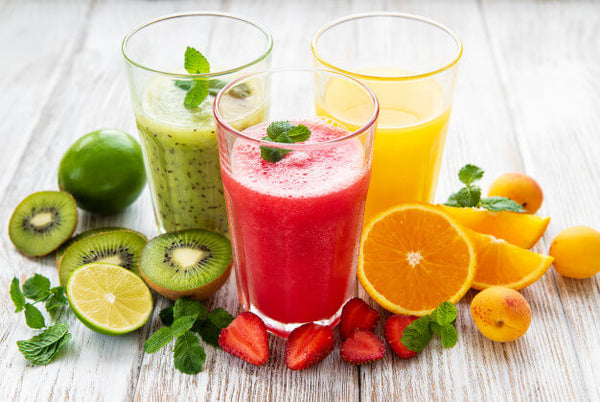



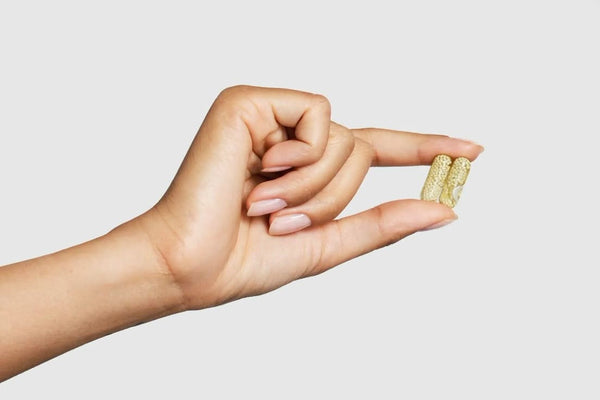
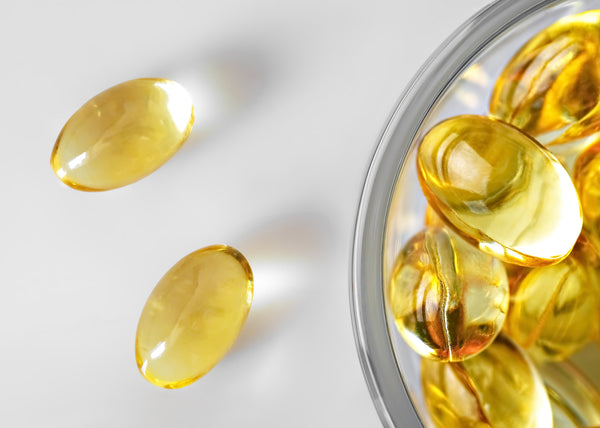
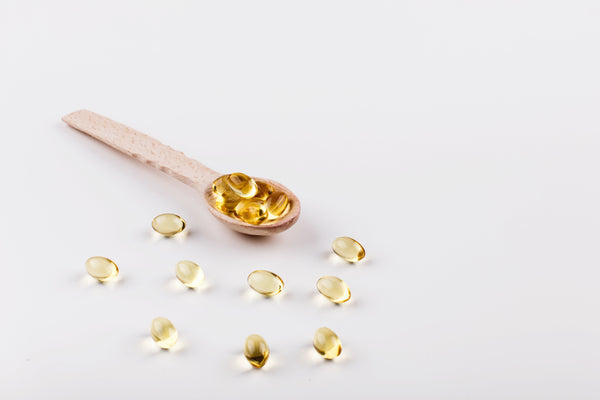
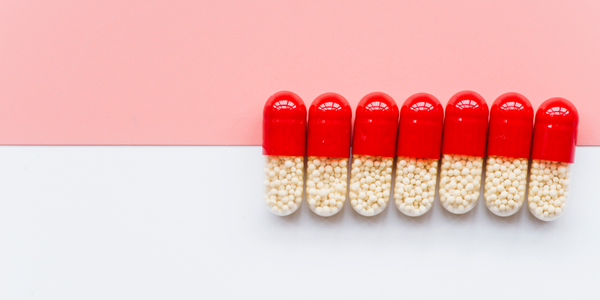







 DOWNLOAD NOW
DOWNLOAD NOW
